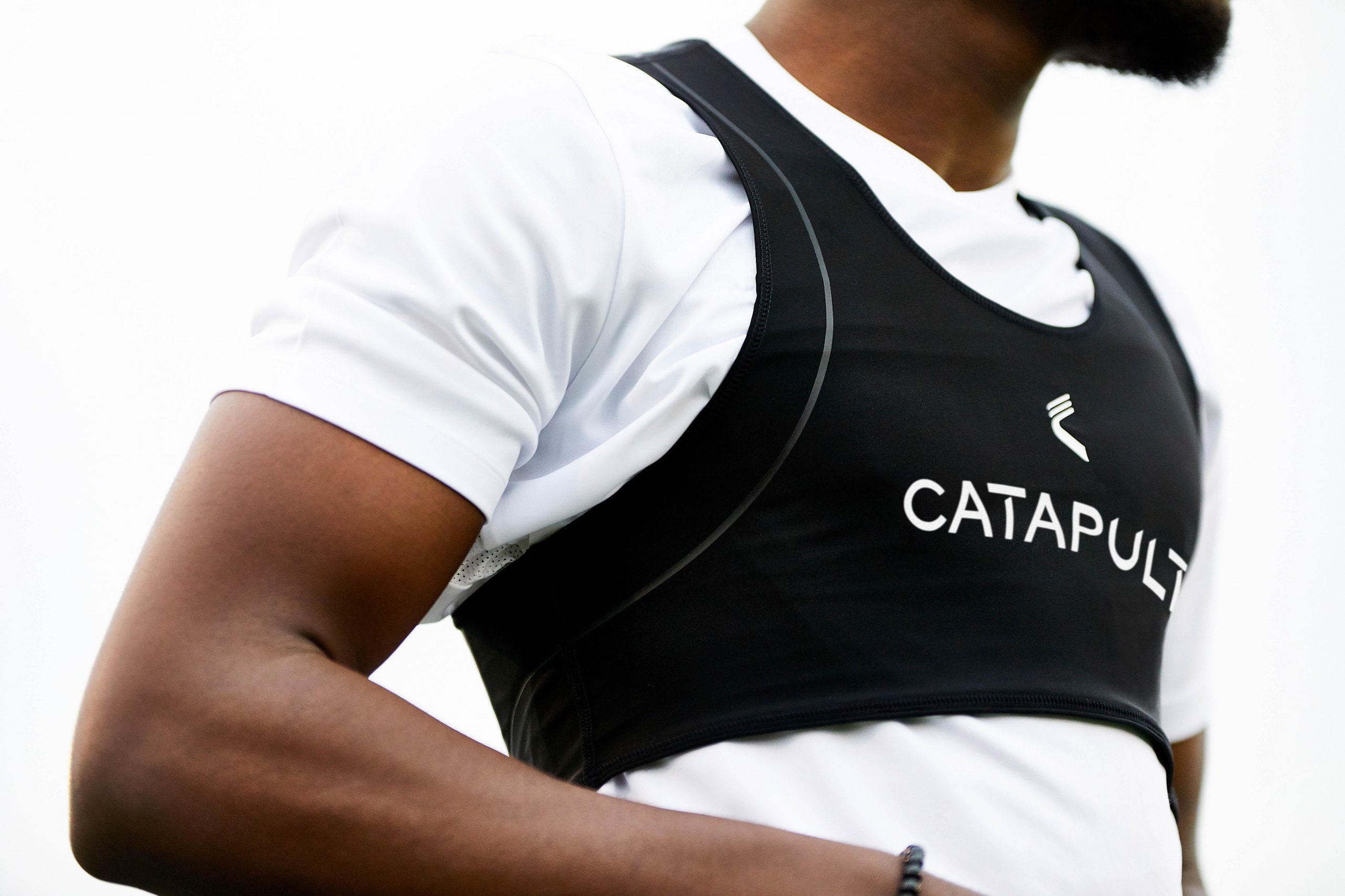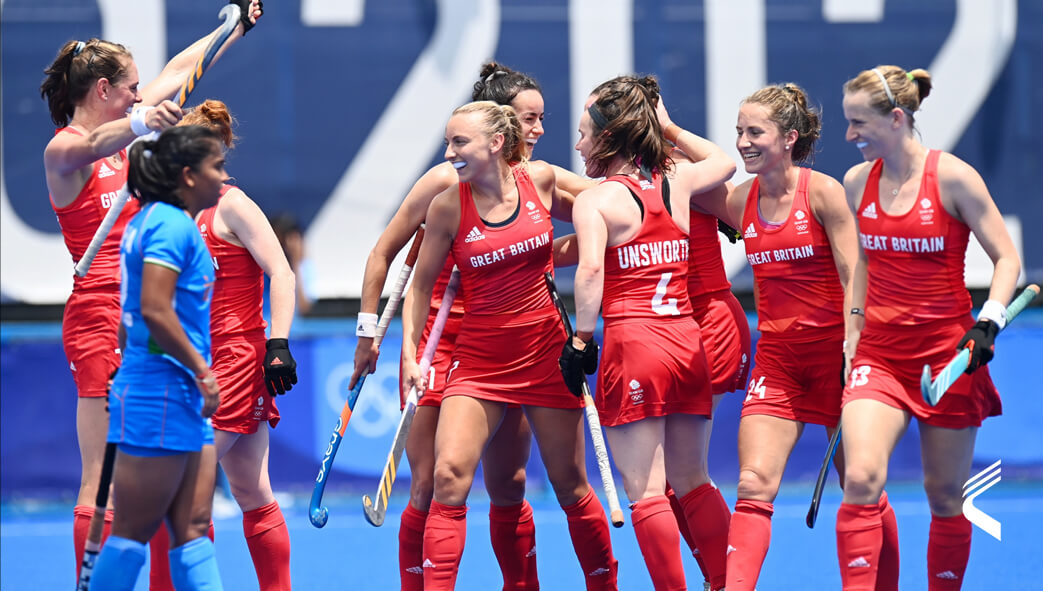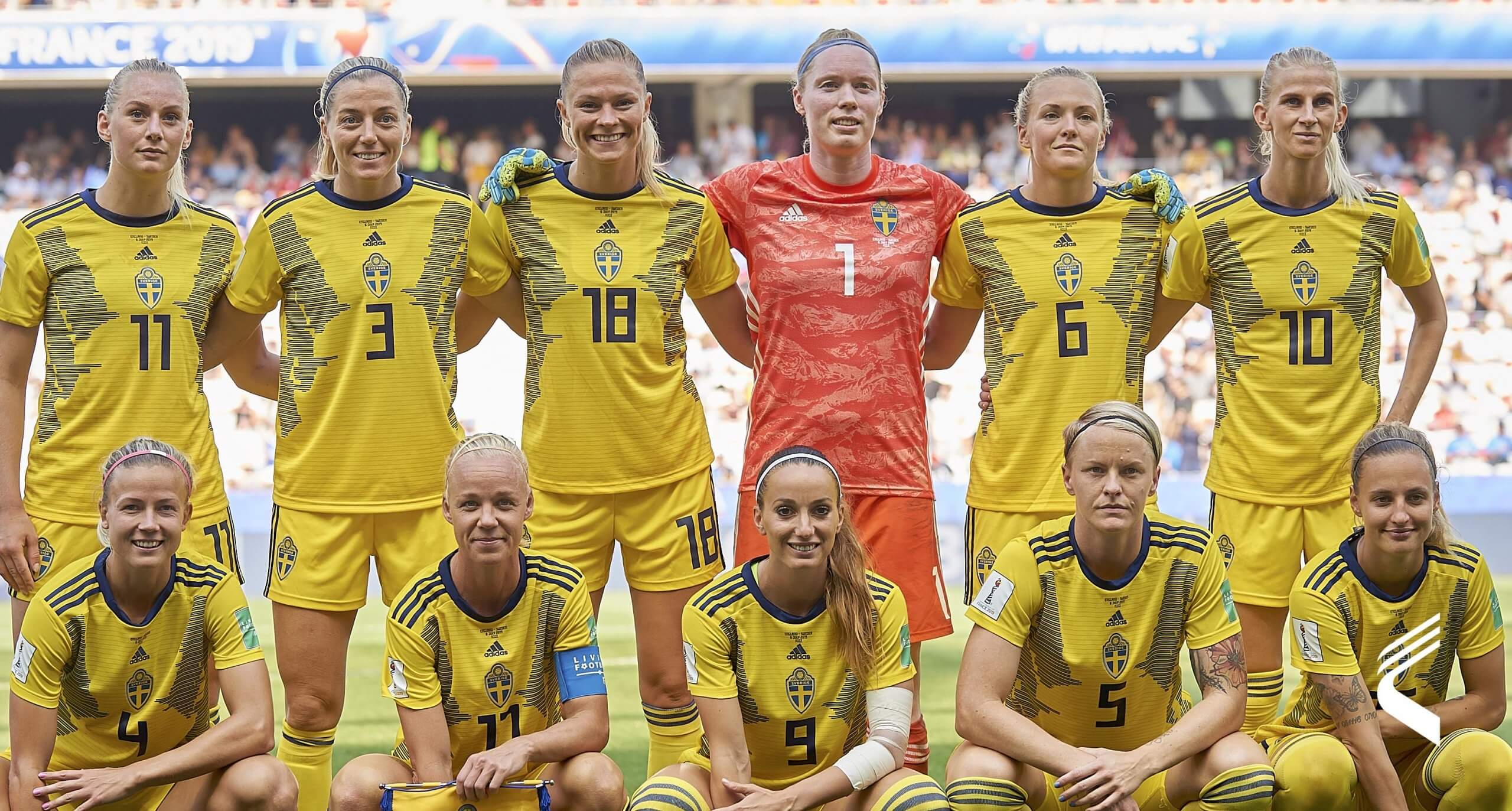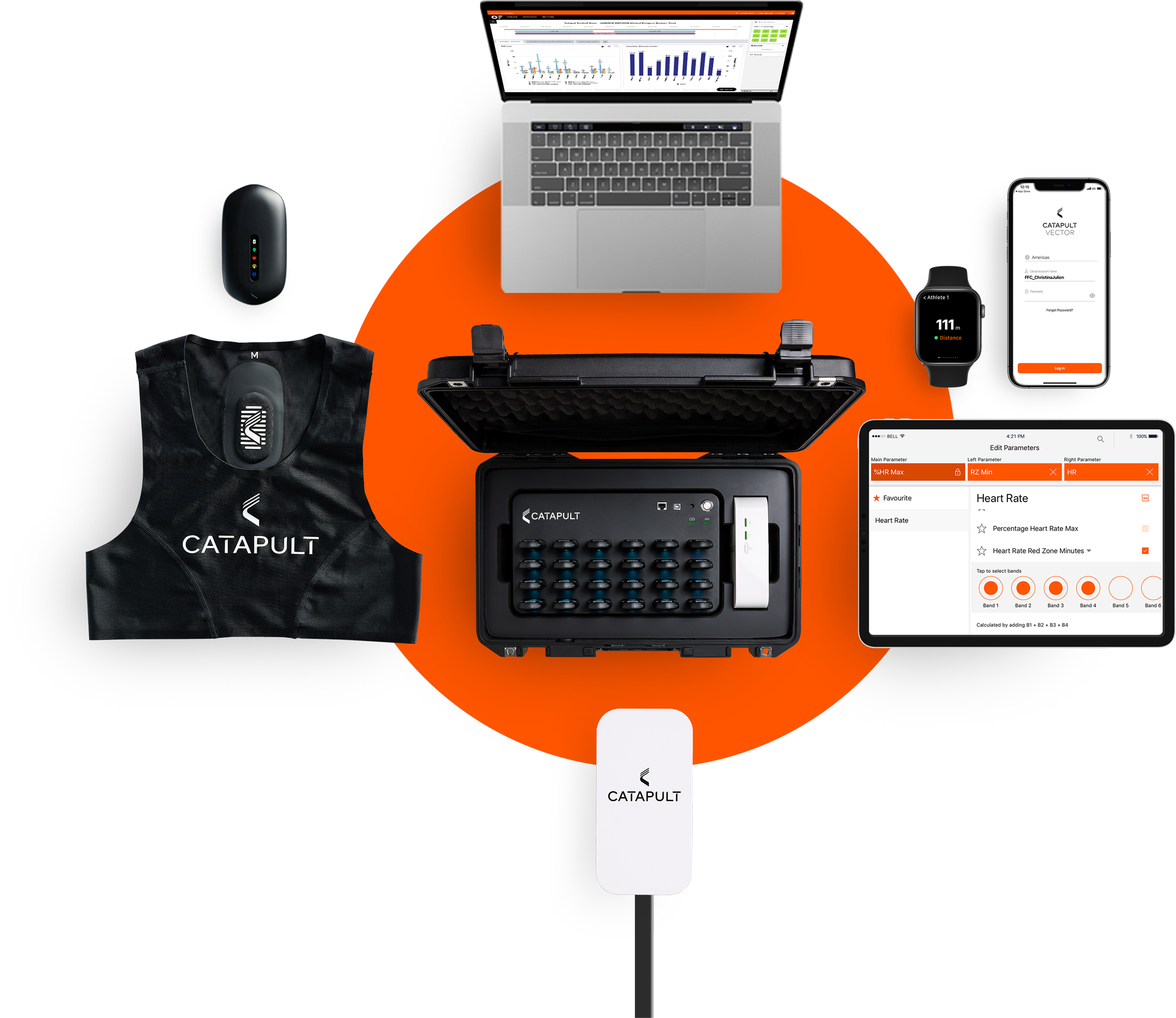Tokyo 2020, Catapult celebrates 24 medals and 11th in the medal table
Despite the challenges of the Covid-19 pandemic, Tokyo 2020 was an outstanding success for many coaches, teams, and athletes from all corners of the world. Catapult joined in with this success and celebrated with our customers who won 24 medals at the Olympic Games.
Spanning a variety of sports, including rugby, football, and rowing, Catapult athletes outperformed 74 countries, earning eight gold, five silver, and eight bronze medals. If Catapult were a country, we would place 11th in the overall medal table among the 86 competing nations.
This impressive feat begs the question, what is athlete monitoring technology and how does it support athletes, providing a competitive advantage?
What is athlete monitoring technology?
Athlete monitoring (also referred to as performance monitoring, player tracking, GPS tracking, etc.) has been in sports for more than 15 years. In the past, due to cost and complexity, athlete monitoring technology was previously reserved for big budget professional, national, and collegiate teams.
However, more cost-effective solutions have led to wider market adoption, and now individual athletes and smaller budget teams are harnessing the power of the athlete monitoring technology.
Athlete monitoring technology provides athlete-specific data that helps to optimise performance, reduce the risk of injury, and support rehabilitation processes. The technology provides athlete-derived data and sport-specific metrics relating to workload, competitive demands, and quantifying the effect of training programs.
–> Click here, to learn more by downloading our free eBook: The Fundamentals of athlete monitoring

Catapult CEO Will Lopes: “We strive every day to find the improvements that unleash the full potential of all our athletes and teams, and we’re proud to see our customers’ hard work pay off on the world stage. Following an unprecedented year of delayed and disrupted training, athletes were able to use our technology to continue to compete at the highest level and perform at their best.”
Optimising track and field performance
Dr. Paul Brice, a leading biomechanist who has worked with a host of leading athletes and federations, explores what ‘tracking’ really means across track and field sports through his work.
Using the Dutch track and field team as a case study, Paul speaks in depth about the loading fingerprint for elite sprinters and how volume and intensity can be balanced to achieve optimum efficiency, in the video below.
Drowley’s pursuit of Olympic gold, championships, and prolonged success in the sport of field hockey is relentless. Therefore, Drowley stressed that, “to ensure the team shared goals and were playing together, we could not risk individualized programs impacting the togetherness of the group.” The analysis and integration of Catapult’s proven approach to supporting a sports team have become a linchpin to better aligning the goals of players, coaches, and management in Britain’s illustrious women’s field hockey.
Download out free eBook: 5 Steps to Success in Athlete Monitoring to learn more about the approach Great Britain’s Women’s field hockey team took ahead of Tokyo 2020.

Success and Technology: Sweden Women’s National Team
Some of Catapult’s most notable success at Tokyo 2020 was the high-profile Women’s Football Final between Sweden and Canada, where Canada won gold for the first time ever.
Both gold and silver medalist teams use Catapult athlete monitoring technology to improve their performance, and have done so for some time. Both teams use the performance solutions to inform strategic decision making around performance, injury risk reduction, and return to play.
Pontus Ekblom, Sweden’s Physical Performance Manager, works alongside both the coaching and medical teams to ensure that the players are being put in a position to optimise their physical performance on the field. It’s a role that involves daily contact with the athletes as well as the oversight of the monitoring technologies used by the team.
“I manage and analyse Catapult data together with data generated from questionnaires which are collected from the players twice daily,” says Pontus. “The Catapult data and metrics help us to establish the desired intensity during sessions so we can replicate match demands. The data we collect tells us the proportional impact on the players from each of the selected parameters across training and games.”
–>Read our Sweden Women’s National Team user story, here.

Catapult’s most advanced athlete monitoring solutions
The 24 podium placements at Tokyo 2020 come on the heels of a championship year for Catapult athletes on other major competition stages. From Wimbledon to Copa America to making history in the NBA with the Milwaukee Bucks, athletes are using Catapult data and insights to unleash their potential are dominating competition around the world.
Athletes at elite levels rely on Catapult’s wearable solution, Vector, for the most accurate and efficient data to empower critical decisions about performance, risk, and return to play.
Vector collects more than 900 data points per second and is the world’s smallest GNSS/LPS device, delivering live algorithms, communications, and enhanced functionality. Indoors and outdoors, Vector combines advanced GNSS capability with Catapult’s ClearSky LPS to set new standards for tracking accuracy and reliability even in the most challenging environments.
Learn more about Vector and how it can improve your performance by downloading our brochure, click here.

More about Catapult
Catapult offers the most comprehensive set of solutions and services for athletes and teams to improve performance. Working with more than 3200 teams in 40 sports in 139 countries, Catapult engineers the most advanced technology in sport to help you mitigate injury, prepare for competition, and improve individual and team performance.
In addition to wearable solutions, Catapult’s video technology delivers leading video analysis to support key coaching and training decisions. Trusted by elite teams worldwide, Catapult’s video solutions empower athletes and coaches to analyze performance in context, optimize play, avoid injury, and reduce the time it takes to return to play. Together Catapult solutions provide a comprehensive data profile of athletes across training and competition, empowering them to perform at their best no matter the level of play.
Trends In Sports Across The Years
2023 Sports Trends: The Year of High-Tech Performance
5 Sports Trends to Watch in 2022